The Evolution of iPhone Bluetooth Technology: A Timeline
Bluetooth technology has been part of the iPhone's ecosystem since the first version of the device. Over the years, Apple has continually enhanced and expanded the capabilities of iPhone Bluetooth, transforming the way we connect and interact with ou
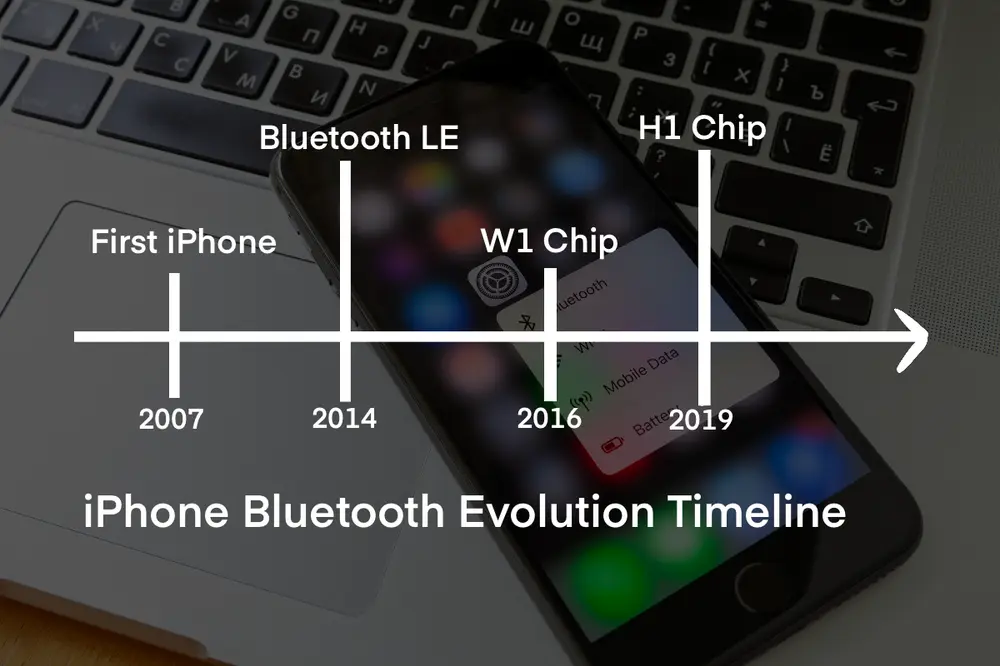
2007: The Birth of iPhone Bluetooth
The first-generation iPhone, released in 2007, already contained Bluetooth functionalities. While it offered basic functionality to connect to wireless Bluetooth headsets, this was just the beginning. The primary use of iPhone Bluetooth at this stage was for making and receiving calls wirelessly.
A basic one, but one of the most important in iPhones Bluetooth history, knowing how good Apple became about audio wireless in their ecosystem.
2014: iPhone 6 Introduces Bluetooth Low Energy (LE)
The release of the iPhone 6 in 2014 brought a significant improvement in iPhone Bluetooth technology. Apple introduced Bluetooth Low Energy (LE), also known as Bluetooth Smart. The main improvement brought by this innovation is about the battery life improvements of connected devices.
With it, it also opened the doors to a wide range of new possibilities, including connecting to health devices and smart home equipment. Indeed, Bluetooth LE allowed for continuous, low-energy connectivity with wearables and IoT devices.
2016: The Arrival of the W1 Chip with iPhone 7
With the launch of the iPhone 7 in 2016, Apple introduced the W1 chip. It’s the first Apple added a chip dedicated to Bluetooth connectivity. The W1 chip has been made specifically to handle connectivity, Apple did not only added it to the iPhone, but also to each of their devices released afterward.
The W1 chip not only enhanced the quality of Bluetooth audio but also introduced the concept of seamless pairing. A new way for users to connect their Apple-designed Bluetooth headphones using a simple tap, setting a new standard for user experience. The W1 chip also improved the overall Bluetooth performance, by extending the wireless range and improving connection reliability.
2019: The H1 Chip and Further Bluetooth Innovations
In 2019, the iPhone 11 introduced the H1 chip. The H1 chip used the foundation laid by the W1 chip, and improve even further the Bluetooth connectivity, introducing features like audio sharing and hands-free "Hey Siri" voice activation.
This chip made it easier than ever to connect multiple Bluetooth devices simultaneously. With this H1 chip, users can now seamlessly switch between headphones, speakers, and other Bluetooth accessories.
The Expanding iPhone Bluetooth Ecosystem
Apple has not limited iPhone Bluetooth to just headsets and speakers. The company has developed a complete ecosystem of Bluetooth accessories that seamlessly integrate with the iPhone. This ecosystem includes products like AirPods, AirTags, Apple Watch, and more. All of these devices are connected together seamlessly, offering features like proximity tracking.
AirPods, in particular, have become one of the most famous Apple products. The combination of the custom-designed chips (W1 and H1) along with the iconic design made AirPods incredibly popular. Users can enjoy high-quality audio, easy connectivity, and features like automatic pause and play when they put on or take off their AirPods, made possible by the proximity sensors.
AirTags, introduced in 2021, bring a different way to use Bluetooth, to help users locate lost or misplaced items. I personally use them every day for finding my keys, wallets, or other valuable items, but also to keep myself unworried about them.
Apple Watch, probably my favorite Apple device, relies on Bluetooth to seamlessly sync with the iPhone. This synchronization delivers notifications, health data, and more, offering one of the best user experience. Apple will continue to develop the health part of the Apple Watch, so it can become an indispensable accessoire to take care about yourself.
iOS Updates and Ongoing Innovations
Throughout the years, Apple continually improved iPhone Bluetooth technology with each iOS update. These updates often bring enhancements in audio quality, stability, and new features that take full advantage of Bluetooth capabilities.
One notable feature introduced in iOS 15 is the "Find My » application. This application allows users to locate compatible Bluetooth devices, even if they are not directly connected to the iPhone.
In the same way that users can find an AirTag, they can now find any of their Apple device using this feature. It uses the vast network of Apple devices to help users find their lost Bluetooth accessories, without compromising privacy.
Furthermore, Apple has expanded the Find My network to third-party accessories through the "Find My Certification Program." This certification means that non-Apple devices can also be tracked using the iPhone's Bluetooth capabilities, as far as they meet the Apple requirements.
Generally speaking, Apple is trying to improve Bluetooth as much as they can, even when you need to use your printer via Bluetooth.
Conclusion
The evolution of iPhone Bluetooth technology shows how Apple's innovation has transformed the way we connect and interact with our wireless devices. From the early days of wireless headsets to the seamless ecosystem of Bluetooth accessories, iPhone Bluetooth has come a long way.
As we look to the future, it's clear that Apple will continue to improve Bluetooth connectivity, and add new use cases of what's possible with iPhone Bluetooth technology. With advancements in low-power connectivity, improved audio quality with new codecs, and compatibility with third-party devices, the iPhone Bluetooth experience is on his way to become even more integrated, convenient, and versatile for users.
But Apple is not only making improvements on Bluetooth connectivity, but also on every wireless technology. They had also made many improvements on Wi-Fi connectivity since the release of the first iPhone, and added a new wireless technology recently, the Ultra-WideBand.

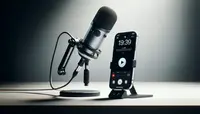
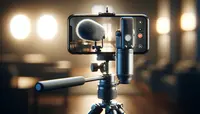
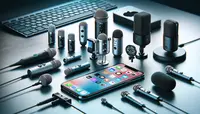



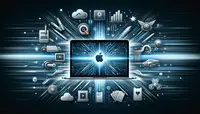

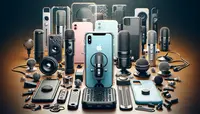
Post your comment